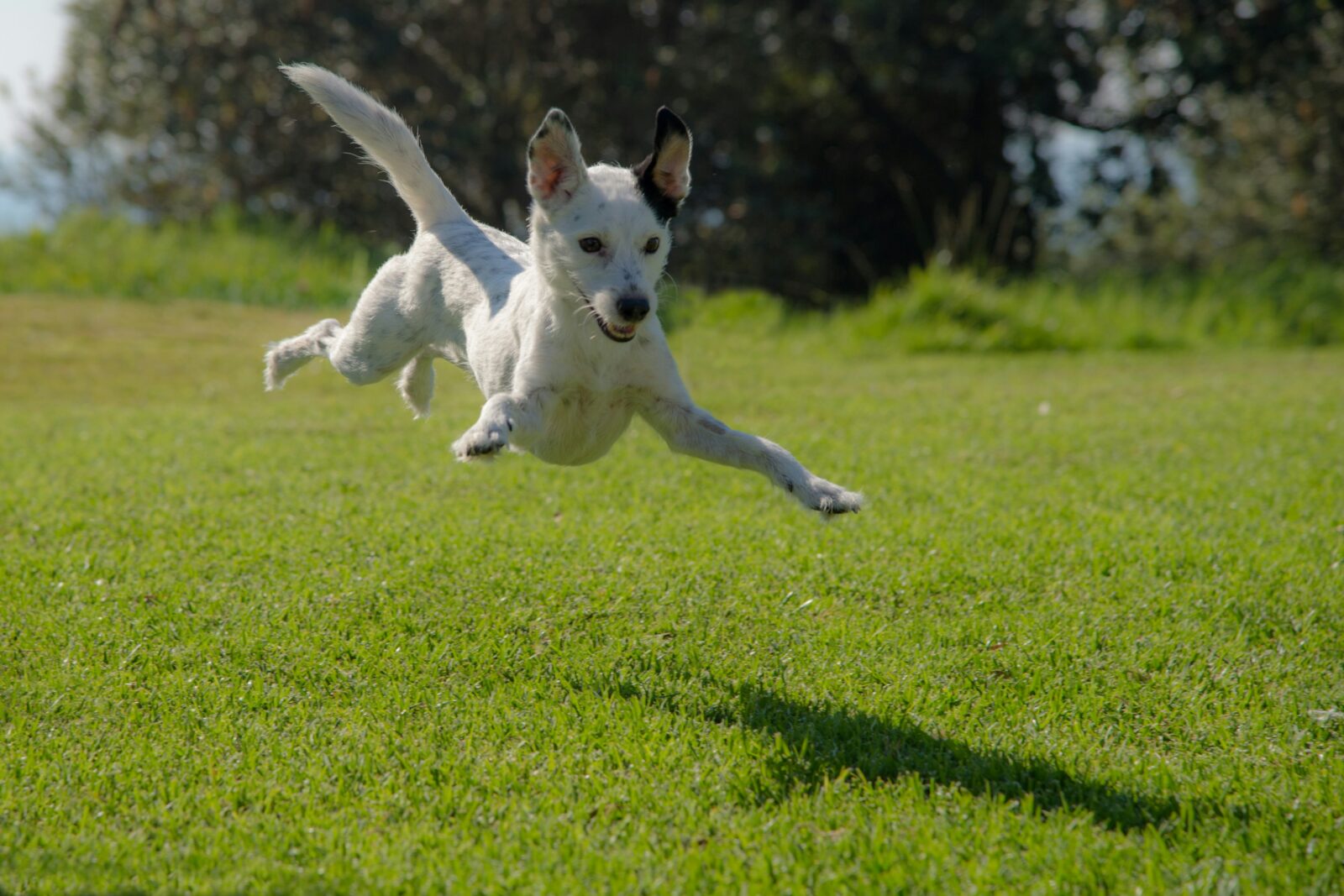As much as we love spending time with our dogs, life sometimes requires us to be away from home. For dogs, particularly those who are energetic or prone to boredom, being left alone can lead to destructive behaviors and anxiety. The solution? Interactive dog toys! These toys are designed to keep your pup mentally stimulated, entertained, and happy when you’re not around. In this post, we’ll explore different types of interactive dog toys, their benefits, and how to choose the right ones for your furry friend.
The Importance of Mental Stimulation for Dogs
Before diving into the types of interactive toys, it’s essential to understand why mental stimulation is crucial for dogs:
- Reduces Boredom: Boredom can lead to destructive behaviors like chewing furniture, excessive barking, or even digging. Interactive toys engage your dog’s mind, keeping them occupied.
- Combats Anxiety: Separation anxiety is common in dogs, especially when left alone for extended periods. Interactive toys can act as a distraction, helping to alleviate anxiety.
- Improves Cognitive Function: Just like humans, dogs benefit from mental exercises. Regular interaction with challenging toys can improve their problem-solving skills and overall cognitive function.
- Physical Exercise: Many interactive toys also encourage physical activity, which is vital for your dog’s overall health.
Types of Interactive Dog Toys
There are various types of interactive dog toys available, each designed to cater to different needs and preferences. Below are some popular options:
1. Puzzle Toys
Puzzle toys challenge your dog to think and solve problems to get a reward, usually a treat. These toys come in various difficulty levels, ensuring that your dog stays engaged for longer.
- Example: The Outward Hound Hide-A-Squirrel Puzzle Toy encourages your dog to find the hidden squirrels inside a plush tree trunk.
- Benefits: Enhances problem-solving skills, reduces boredom, and provides a mental workout.
2. Treat-Dispensing Toys
These toys require your dog to work to release treats. The challenge of getting the treats keeps them entertained and mentally stimulated.
- Example: The Kong Classic Dog Toy can be filled with treats or peanut butter, making your dog work to get the food out.
- Benefits: Encourages slow feeding, reduces anxiety, and offers prolonged entertainment.
3. Automatic Ball Launchers
For dogs that love to fetch, an automatic ball launcher can provide endless entertainment even when you’re not around. These devices launch balls at intervals, encouraging your dog to fetch and return them.
- Example: The iFetch Interactive Ball Launcher is a popular choice that allows your dog to drop the ball back into the device for continuous play.
- Benefits: Provides physical exercise, reduces boredom, and is ideal for high-energy dogs.
4. Interactive Plush Toys
These toys often come with hidden compartments or squeakers that keep your dog engaged. They are soft and perfect for dogs that enjoy cuddling with their toys.
- Example: The ZippyPaws Burrow Squeaky Hide and Seek Toy offers a plush design with hidden squeaky toys inside.
- Benefits: Great for dogs that love to hunt or burrow, provides comfort, and can help with anxiety.
5. Smart Toys
Smart toys are designed to interact with your dog in various ways, using technology to keep them engaged. These toys can be controlled via smartphone apps, allowing you to monitor and adjust the level of interaction even when you’re away.
- Example: The Petcube Bites 2 allows you to dispense treats remotely and even talk to your dog via a built-in camera and speaker.
- Benefits: Allows remote interaction, offers mental stimulation, and can help alleviate separation anxiety.
6. Chew Toys with a Twist
While traditional chew toys are great, some come with interactive elements that keep your dog engaged longer. These toys often have textures, sounds, or treat-dispensing capabilities.
- Example: The Nylabone Power Chew Textured Dog Chew Toy has a durable design with ridges that massage gums and clean teeth.
- Benefits: Satisfies the natural urge to chew, provides dental benefits, and offers mental stimulation.
7. Interactive Tug Toys
Tug toys are not just for playing with your dog; some interactive versions allow your dog to play tug-of-war even when you’re not around.
- Example: The Tether Tug Dog Toy is anchored to the ground and allows your dog to play tug-of-war on their own.
- Benefits: Provides physical exercise, reduces boredom, and satisfies the natural urge to pull and tug.
How to Choose the Right Interactive Toy for Your Dog
Choosing the right interactive toy for your dog depends on several factors:
- Size and Breed: Ensure the toy is appropriate for your dog’s size and breed. For example, small dogs may struggle with large toys, while large dogs may easily destroy toys meant for smaller breeds.
- Personality and Preferences: Consider your dog’s personality and what they enjoy. Do they love chasing balls, or are they more interested in solving puzzles? Choose toys that align with their natural instincts.
- Durability: Look for toys that can withstand your dog’s chewing and play style. Durable materials like rubber and nylon are often better for aggressive chewers.
- Safety: Always prioritize safety when selecting a toy. Avoid toys with small parts that can be swallowed, and regularly inspect toys for signs of wear and tear.
- Ease of Cleaning: Interactive toys, especially those that involve treats, can get dirty. Choose toys that are easy to clean and maintain to ensure they remain safe and hygienic for your dog.
Tips for Introducing Interactive Toys to Your Dog
- Start Slowly: If your dog is new to interactive toys, start with easier options and gradually introduce more challenging ones.
- Use High-Value Treats: When using treat-dispensing toys, use high-value treats to keep your dog motivated.
- Rotate Toys: To keep things interesting, rotate the toys available to your dog. This prevents them from becoming bored with the same toys.
- Supervise Initially: While interactive toys are designed for independent play, it’s a good idea to supervise your dog initially to ensure they use the toy safely.
- Combine with Physical Exercise: Interactive toys are great for mental stimulation, but they shouldn’t replace physical exercise. Ensure your dog still gets plenty of walks and playtime with you.
Conclusion
Interactive dog toys are a fantastic way to keep your pup entertained and mentally stimulated when you’re not around. Whether you choose puzzle toys, treat dispensers, or smart devices, these toys can help reduce boredom, combat anxiety, and improve your dog’s overall well-being. By selecting the right toys and introducing them properly, you can ensure that your furry friend stays happy and engaged even in your absence.










Leave a Reply